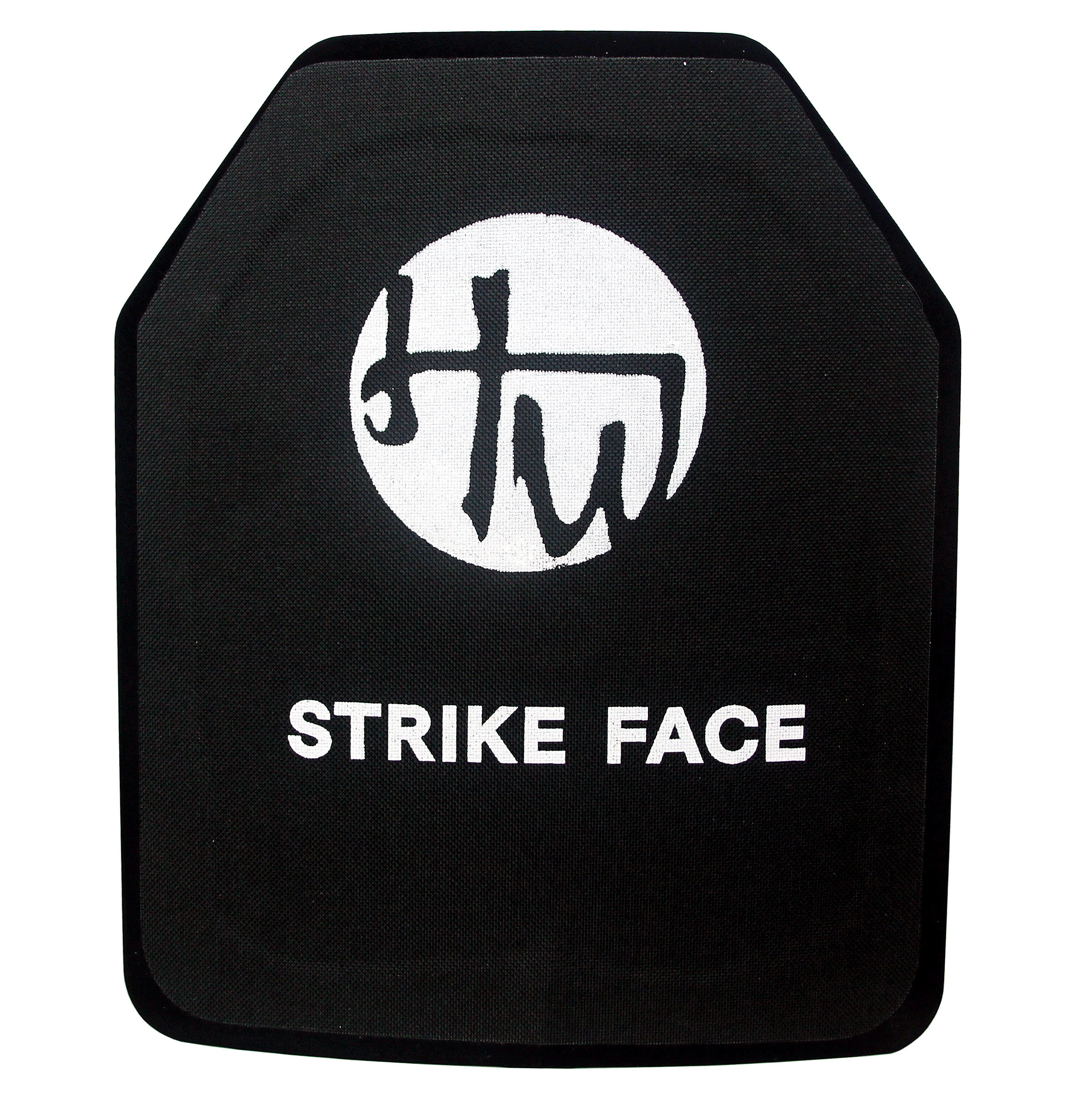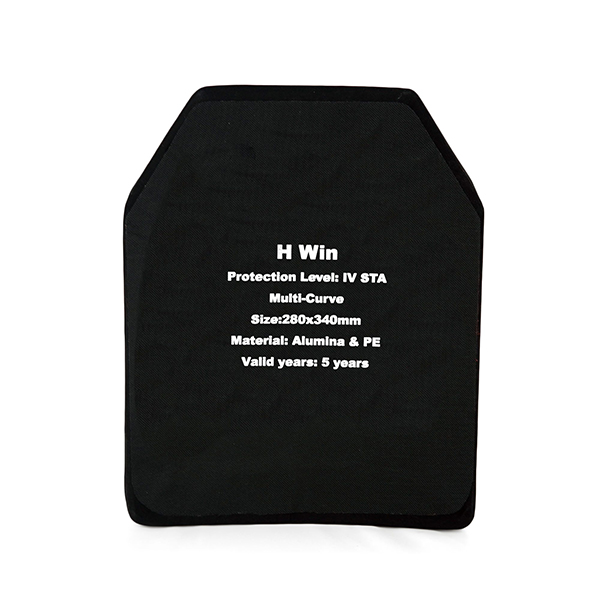Introduction
The effectiveness of personal protective equipment, particularly body armor, hinges on a delicate balance. While stopping a projectile is paramount, the ESAPI plate weight plays a crucial role in an operator’s ability to perform, endure, and ultimately, survive.
This isn’t just about carrying extra pounds; it’s about how those pounds translate into tangible effects on tactical mobility, armor fatigue, andkj combat effectiveness. Understanding this relationshopqaip is key for anyone relying on body armor plates for safety.

What Are ESAPI Plates?
Built to counter more formidable ballistic threats, including certain armor-piercing rounds, ESAPI plates are engineered for superior defense. They use advanced monolithic ceramics like boron carbide or silicon carbide.
These ceramics are bonded to a composite backing, usually made of lightweight and strong ultra-high-molecular-weight polyethylene (UHMWPE).
This combination allows the plate to fracture and decelerate a projectile with the ceramic face, while the backing material helps absorb residual energy and catch fragments.
The Significance of ESAPI Plate Weight in the Loadout
When discussing protective gear weight, every ounce matters. ESAPI plates, due to their enhanced protective qualities, contribute significantly to the overall plate carrier weight.
A single medium-sized ESAPI plate can weigh around 5.5 pounds (approximately 2.5 kg), meaning a pair adds about 11 pounds (5 kg) even before considering the carrier itself or other essential gear in a soldier’s loadout. While this might not sound excessive in isolation, it’s a substantial addition to an already burdened operator.
The weight of body armor plates directly influences:
- Overall personal protective equipment (PPE) burden.
- The physical strain experienced by the wearer.
- The cumulative effect on long-term health and operational readiness.
Impact of ESAPI Plate Weight on Mobility and Agility
One of the most immediate effects of increased ESAPI plate weight is on an operator’s tactical mobility and agility. Added weight directly translates to:
- Slower Movement: Running, sprinting, and changing directions become more laborious.
- Reduced Agility: Navigating obstacles, crouching, climbing, and assuming firing positions quickly can be compromised.
- Increased Effort for Common Tasks: Even routine movements require more energy.
ESAPI Plate Weight and Armor Fatigue
Carrying substantial weight, especially for extended periods, inevitably leads to armor fatigue and diminished operational endurance. The human body endures progressive wear and fatigue under sustained physical stress.
Heavy plates contribute to:
- Increased energy expenditure: The body works harder to perform any action.
- Faster onset of physical exhaustion: Muscles tire more quickly, and cardiovascular strain increases.
- Potential for musculoskeletal injuries: Long-term wear of heavy gear can strain joints and muscles.
This fatigue isn’t just physical. It can also lead to decreased cognitive function, slower reaction times, and reduced situational awareness, which are all critical factors in high-stress environments. Maintaining combat effectiveness over time becomes a significant challenge when battling constant physical drain.

Balancing ESAPI Plate Weight: Protection vs. Performance
The core dilemma in selecting body armor revolves around body armor trade-offs. Does one prioritize maximum ballistic protection level at the cost of performance, or opt for lightweight armor plates that enhance mobility but might offer less coverage or stop fewer types of threats?
- Heavier Plates: Generally offer higher levels of protection against more potent threats. However, they can significantly reduce mobility, increase fatigue, and potentially make the wearer a slower target.
- Lighter Plates: Improve tactical mobility, reduce fatigue, and enhance body armor performance in dynamic situations. The trade-off might be a lower protection rating or reduced coverage area.
There’s no single right answer; the “best” choice depends heavily on the anticipated threat level, mission profile, duration of wear, and individual physical capabilities.
Material Science: How Plate Composition Affects Weight
The materials used in body armor plates are central to their weight and protective capabilities. The primary contenders include:
- Ceramic Plates (e.g., Boron Carbide, Alumina, Silicon Carbide):
These are common in ESAPI and other high-level plates. Ceramics are extremely hard and effective at shattering projectiles. Boron carbide is one of the lightest and hardest ceramics, but is also more expensive.
Alumina (Aluminum Oxide) is heavier but more cost-effective. The choice between ceramic vs steel plates (or ceramic vs. PE) often comes down to balancing weight, protection, and cost.
- Polyethylene (UHMWPE) Plates:
These are significantly lighter than ceramic or steel plates for a given level of protection against certain threats (typically up to NIJ Level III or special rifle threats).
They achieve protection by “catching” and slowing the bullet within their fibrous layers. For ESAPI-level (NIJ Level IV equivalent) threats, PE is usually part of a composite system with ceramic.
- Steel Plates:
Steel armor is generally the heaviest option, but is also durable and often the most affordable. It can handle multiple hits in close proximity but produces more spall (bullet fragments) unless coated.
The weight-to-protection ratio is a critical metric. Manufacturers continually research and develop new materials and hybrid designs to create lightweight armor plates without compromising NIJ protection standards.

How to Choose the Right ESAPI Plates
Selecting the appropriate body armor plates requires a careful assessment of your specific needs and operational context. The goal is to optimize both protection and body armor performance.
- Mission Type:
- Extended Patrols/Reconnaissance: Lightweight armor plates might be prioritized to enhance operational endurance and reduce armor fatigue.
- Direct Action/Close Quarters Combat (CQC): Higher protection levels (like ESAPI) might be crucial, but consider plate cuts (e.g., SAPI, Shooter’s Cut, Swimmer’s Cut) that offer a balance between coverage and tactical mobility for weapon manipulation.
- Vehicle Operations/Static Security: ESAPI plate weight may be less of a concern, allowing for maximum protection.
- Role:
- Law Enforcement: Threat levels can vary drastically. Officers may choose different plates based on daily duties versus SWAT operations.
- Military Personnel: Role (e.g., infantry, special operations, support) and anticipated threats dictate armor choices, often guided by unit SOPs.
- Civilians: For personal protection, understanding local laws and realistic threat assessments is key. NIJ Level IIIA or III plates are often sufficient and lighter than Level IV/ESAPI.
- Physical Conditioning: An individual’s strength and endurance will influence how well they can manage heavier plates.
- Plate Carrier: A well-designed plate carrier weight distribution system can significantly mitigate the perceived burden of heavier plates.
Ultimately, enhancing combat effectiveness means finding the sweet spot where you have adequate protection without being unduly hampered by your gear.
Conclusion
ESAPI plate weight affects every aspect of armor performance—from mobility and fatigue to long-term endurance. Finding the right balance between protection and weight is essential for staying effective in the field.
Understanding your mission, threat level, and physical limits helps ensure you choose plates that protect without slowing you down.
